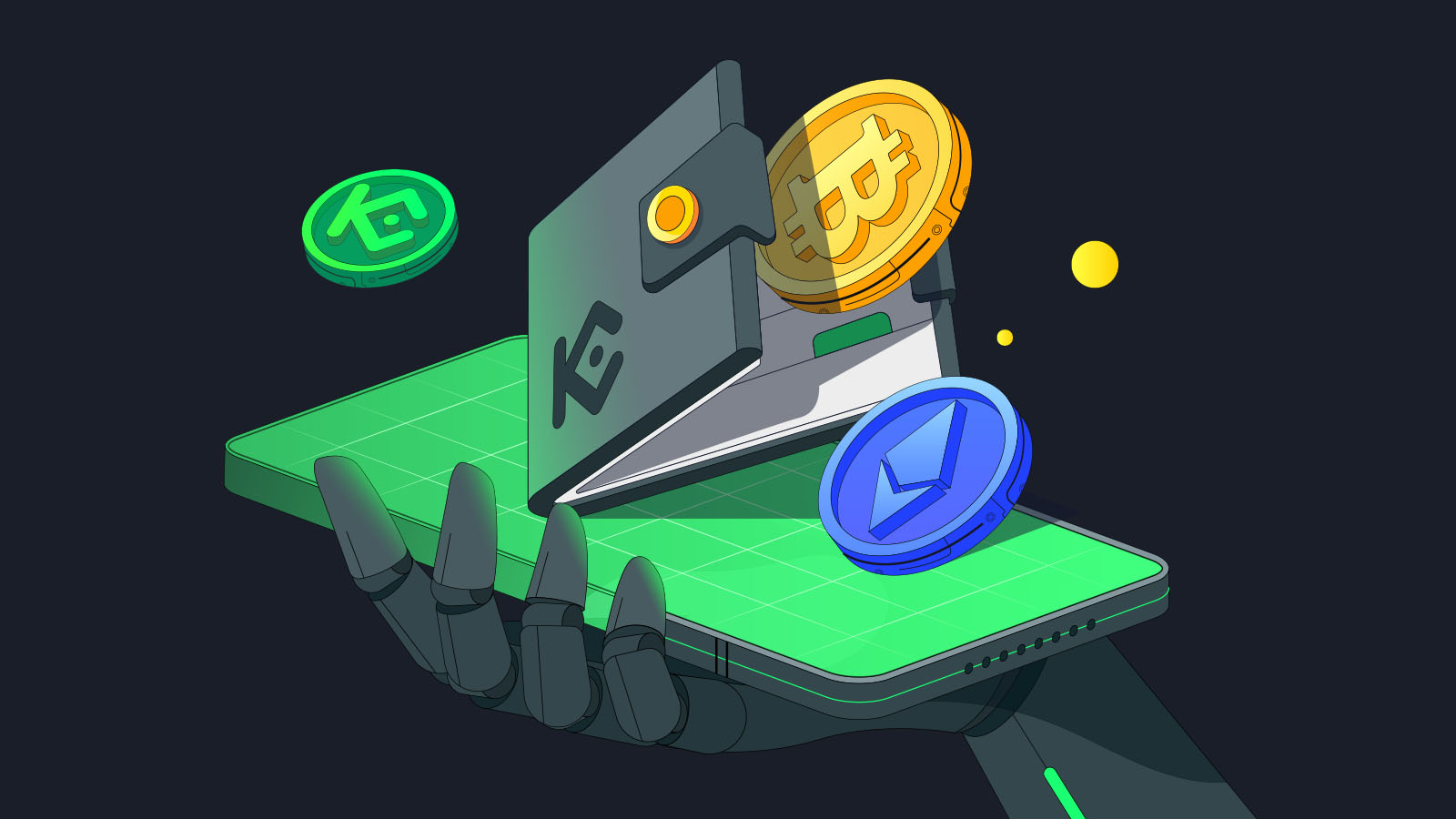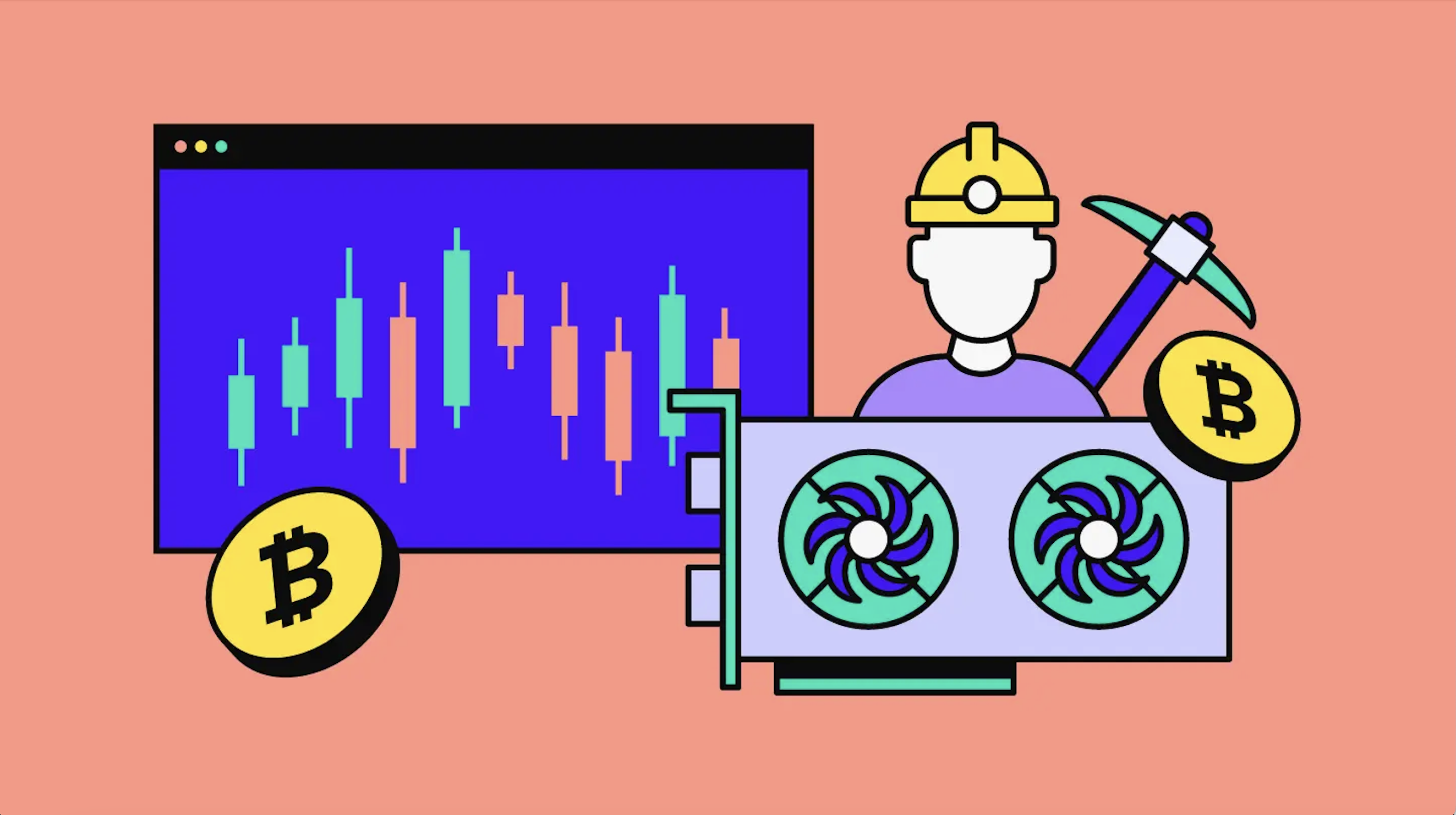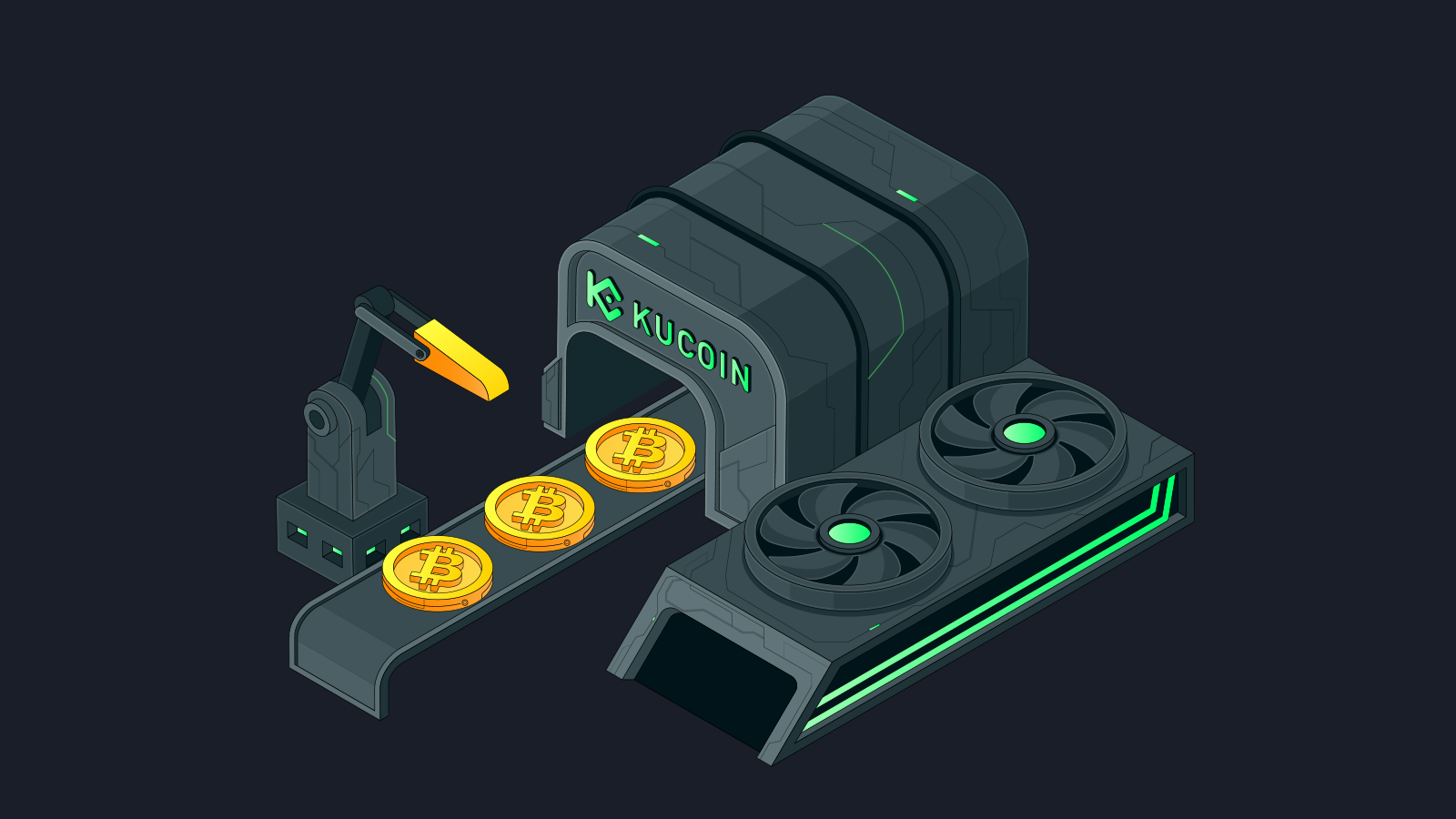
Ever wondered what truly underpins the security and consistent supply of Bitcoin as you look to buy BTC? Beyond simply acquiring this digital asset, understanding its foundation, Bitcoin mining, offers invaluable insight into its value and resilience. This process, often shrouded in technical jargon, is the very mechanism that validates transactions, creates new bitcoins, and secures the entire network.
For anyone considering to buy BTC, a basic grasp of mining is incredibly beneficial. It provides a deeper understanding of how mining secures Bitcoin, illustrating why its transactions are so robust and its network so resistant to manipulation, thanks to the inherent design of Proof-of-Work. Furthermore, comprehending the mining process, especially the halving events, clarifies how mining manages Bitcoin's supply, highlighting its fixed limit and deflationary nature compared to fiat currencies. Knowing these fundamental aspects of Bitcoin's technology can lead to more confident and informed investment decisions, moving beyond mere speculation to a profound appreciation of its underlying mechanics.
This article will explore precisely how Bitcoin mining works to secure the network and how it systematically manages the supply of new bitcoins, giving you a deeper appreciation for this digital asset.
What Is Bitcoin Mining?
Credit: Investopedia
At its most fundamental level, Bitcoin mining is the process by which powerful, specialized computers solve complex mathematical puzzles. This activity is central to Bitcoin's Proof-of-Work (PoW) consensus mechanism. Think of it as a global competition where miners race to be the first to find the solution to a cryptographic puzzle. The victorious miner earns the right to add the next block of verified transactions to the Bitcoin blockchain and, in return, receives newly minted bitcoins along with transaction fees.
This process serves a dual purpose: it's how new bitcoins are introduced into the economy, and critically, it's the primary method for securing the network. Each new block cryptographically links to the previous one, forming an unbroken, immutable chain of transactions. This design makes it virtually impossible to tamper with past records without re-mining the entire chain, a task requiring an unfathomable amount of computing power.
How BTC Mining Works

Bitcoin mining operates through a sophisticated system designed to manage the network's supply and maintain its integrity. It involves a continuous, competitive process where participants use computing power to achieve these two vital functions.
Imagine a vast, global digital lottery where thousands of powerful computers are constantly trying to be the first to guess a specific number. This isn't just any number, but one that meets certain extremely difficult criteria set by the Bitcoin network.
Think of it like this: You've set a challenge for hundreds of people. Each person gets a stack of lottery tickets, and they're frantically trying different number combinations. The rule is simple: "The first person to find a ticket with a number on it that starts with, say, at least ten zeros wins the prize!" Everyone is guessing and checking incredibly fast. The person who finds that specific ticket first wins the prize and gets to announce their winning ticket to everyone.
Bitcoin mining is fundamentally the same, but on an astronomical scale. Miners are not "solving" a math problem in the traditional sense; they are performing trillions of hash calculations per second, essentially guessing until one of their generated hashes (the "ticket") meets the network's extremely narrow target range (the "ten zeros" rule). The "difficulty" of this target adjusts dynamically to ensure a new block is found, on average, every ten minutes, regardless of how many miners are participating. The first miner to find such a valid hash gets to add the block to the blockchain.
This core mechanism serves two critical functions:
-
Managing the BTC Supply: Miners are compensated for their work primarily through block rewards (newly minted bitcoins) and transaction fees. This structured reward system incentivizes them to dedicate computing power to the network. The block reward, which is a fixed amount of new bitcoins, is systematically reduced by half approximately every four years in an event called the Bitcoin halving (e.g., the last halving in April 2024 reduced the reward to 3.125 BTC). This predictable, decreasing rate of new coin issuance, managed entirely by the mining protocol, ensures Bitcoin's inherent scarcity and distinguishes its supply from inflationary fiat currencies. Get to learn more about BTC Halving Countdown 2024 >>>
-
Maintaining the Network's Integrity: The immense computational effort required to find a valid hash makes it extremely expensive and practically impossible for any single entity to maliciously control the network or alter past transactions. To change a past block, an attacker would need to re-mine that block and all subsequent blocks faster than the entire rest of the network, which is economically prohibitive. This robust security model underpins the trust users place in Bitcoin when they buy BTC.
Mining Equipment: Must-Haves for BTC Mining

While Bitcoin mining can be profitable, engaging in Bitcoin mining comes with significant practical considerations and costs, making it a demanding endeavor that requires precision and preparation. Understanding the necessary components is key to grasping the realities of this specialized field.
Venturing into Bitcoin mining truly melds the thrill of potential rewards with the steadfastness of a tech-savvy individual. It's an undertaking that requires specific hardware, software, and robust infrastructure to succeed. Here's a breakdown of the essential components you'll need:
-
Mining Hardware:
-
ASICs (Application-Specific Integrated Circuits): These are specialists, custom-built exclusively for mining cryptocurrencies like Bitcoin. They offer unparalleled efficiency and speed for Bitcoin mining. Popular choices in the industry include the Bitmain Antminer series and MicroBT's WhatsMiner series, both renowned for their performance and reliability.
-
GPUs (Graphics Processing Units): While ASICs dominate Bitcoin mining, GPUs are the versatile all-rounders, capable of mining various cryptocurrencies. Although they might not match ASICs in Bitcoin mining efficiency, they offer flexibility. NVIDIA’s GeForce RTX series and AMD’s Radeon RX series are top picks for their powerful computational capabilities.
-
-
Mining Software: The Digital Conductor No mining setup is complete without the right software to manage and direct the hardware's efforts, connecting your powerful machines to the Bitcoin network.
-
CGMiner: A long-standing and robust choice, CGMiner is compatible with both ASIC and GPU hardware, favored for its stability and wide range of features.
-
BFGMiner: Primarily designed for ASIC hardware, BFGMiner offers detailed control over your mining devices, making it ideal for those who prefer to fine-tune their setup for optimal performance.
-
EasyMiner: A more user-friendly option for those new to crypto mining, EasyMiner provides a graphical interface and works well with both ASIC and GPU setups, simplifying the initial steps.
-
-
Additional Requirements: Cooling, Power, and Connectivity Beyond the core hardware and software, several other factors are critical for an efficient and sustainable mining operation.
-
Cooling Solutions: Given the intense heat generated by continuous mining hardware operation, adequate cooling is essential. Whether through air conditioning, specialized liquid cooling systems, or robust natural ventilation, keeping your hardware cool extends its lifespan, maintains efficiency, and prevents costly breakdowns.
-
Power Supply: A reliable and continuous power supply is absolutely critical for uninterrupted mining. The energy demands are substantial, so ensuring your setup has access to sufficient and stable power is a must, directly impacting profitability. This leads to electricity costs being a major ongoing expense, with large-scale operations often seeking regions with abundant and inexpensive renewable energy sources.
-
Stable Internet Connection: Constant connectivity to the Bitcoin network is non-negotiable. A stable and secure internet connection ensures that your mining hardware can continuously process and validate transactions, submit found blocks, and receive new work.
-
Worries and Issues Within BTC Mining
Despite its critical functions, Bitcoin mining isn't without its challenges and concerns that warrant discussion. These issues range from its environmental footprint to potential centralization risks and the threat of scams.
-
Energy Consumption: Perhaps the most widely discussed issue is the significant amount of electricity consumed by Bitcoin mining. The Proof-of-Work mechanism, while effective for security, is energy-intensive. Critics often point to its carbon footprint and potential environmental impact. While the industry is increasingly moving towards renewable energy sources, this remains a key area of debate and innovation.
-
Centralization Concerns: Although designed to be decentralized, there's a growing concern about the concentration of mining power in large mining pools or specific geographical regions. If a majority of the network's hashrate were controlled by a single entity or small group, it could theoretically pose a risk to the network's integrity.
-
Bitcoin Mining Scams: As the industry attracts more interest, so do bad actors. Bitcoin mining scams can range from fraudulent cloud mining contracts that promise unrealistic returns to Ponzi schemes disguised as legitimate operations. Users must exercise extreme caution and conduct thorough due diligence before committing resources to any mining venture.
Investing in BTC Mining Stocks
While direct Bitcoin mining may be complex and capital-intensive, a more accessible route for some investors is through Bitcoin mining stocks. These are shares in publicly traded companies that own and operate large-scale Bitcoin mining facilities. Investing in these stocks offers indirect exposure to the cryptocurrency market and the mining sector without the need to purchase and maintain mining hardware or manage complex operations.
These companies often benefit from economies of scale, professional management, and direct access to capital markets. However, like any stock, they carry their own risks, including operational costs (especially electricity prices), hardware depreciation, changes in Bitcoin's price, and regulatory shifts. Researching the specific company's financials, operational efficiency, and energy strategy is crucial before considering such investments. This allows investors to participate in the growth of the mining sector in a regulated, traditional market environment, complementing or diversifying their direct BTC holdings.
Further Reading:













